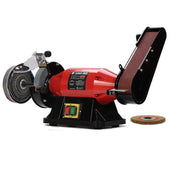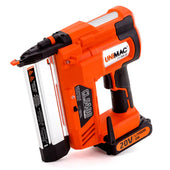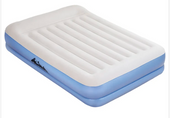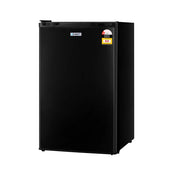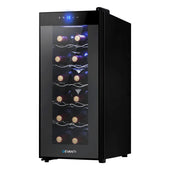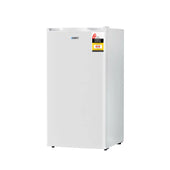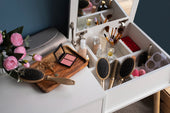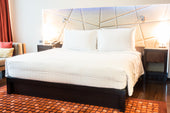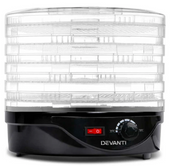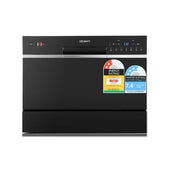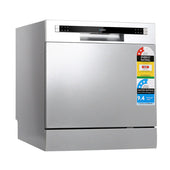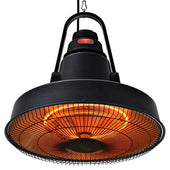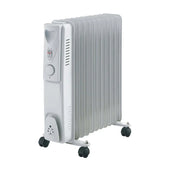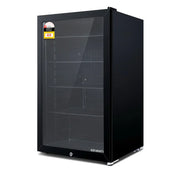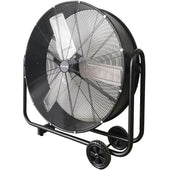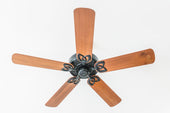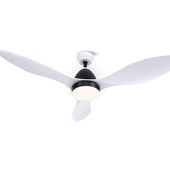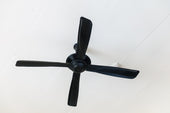Introduction: A Brief History of the Dresser
The dresser, a staple of bedroom furniture, traces its origins back to the 17th century when storage solutions were rudimentary. Originally crafted as simple wooden chests, these early designs prioritised practicality over aesthetics. By the 18th century, as woodworking crafts evolved, dressers became more elaborate, featuring ornate carvings and fine detailing suited to affluent households.
In the Victorian era, storage concepts expanded, with mirrored dressers introduced as multifunctional options. These units combined storage with grooming needs, symbolising a shift towards blending utility with style. Today, dressers serve diverse roles during days, ranging from minimalist storage solutions to striking design statements. Transitioning from tradition to modernity, their versatility remains timeless.
The Functionality of Dressers in Modern Homes
Dressers serve as versatile storage solutions within contemporary homes, adapting to varied needs and living spaces. Their primary function remains the organisation of clothing, ensuring items like shirts, trousers, and accessories are neatly stored. Beyond this, modern designs cater to multifunctionality.
- Bedroom Utility: Dressers often double as nightstands or vanity tables, offering convenient access to essentials.
- Living Room Use: They act as statement furniture pieces, storing books, electronics, or decorative items.
- Space Optimisation: Compact models enhance storage in limited spaces, especially in apartments.
Modern innovations include modular designs, built-in mirrors, and even technology-enhanced features like lighting or charging ports. Transitioning seamlessly across rooms, dressers combine aesthetics with practicality to meet evolving lifestyles.
Innovative Materials Transforming Dresser Designs
Modern dresser designs are increasingly embracing advanced materials that prioritise both aesthetics and functionality. Designers are incorporating sustainable wood composites, offering eco-friendly alternatives to traditional timber. Tempered glass is being used to create sleek, minimalist surfaces, adding a contemporary flair to dresser tops.
Metallic accents, such as brushed aluminium or powder-coated steel, are enhancing durability while offering industrial-style appeal. For versatility, engineered plastics are integrated to provide lightweight yet sturdy frames. Many designs also utilise textured laminates and ceramics, which are resistant to scratches and stains.
These materials enable dressers to blend seamlessly into modern interiors while meeting evolving storage needs.
Space-Saving Solutions: Dressers for Small Spaces
Designing storage for small spaces demands creativity, functionality, and smart use of vertical and horizontal areas. Compact dressers cater to this need by offering versatile storage without overwhelming limited floor space.
- Slim Profile Dressers: These dressers feature sleek dimensions, ideal for narrow hallways or corners. They provide ample vertical storage, maximising efficiency.
- Multi-functional Designs: Models with integrated shelving or removable drawers blend storage and display, reducing furniture clutter.
- Wall-Mounted Dressers: Floating designs optimise wall space while freeing up the floor, contributing to an airy, open feel.
Designers focus on clean lines and lighter materials, ensuring these solutions enhance aesthetics while maintaining practicality. Choices include mirrored finishes, which create an illusion of more space.
Customisable Dressers: Personalising Storage for Your Needs
Customisable dressers offer unmatched versatility, allowing homeowners to tailor storage to their unique requirements. These pieces cater to a range of layouts, adapting seamlessly to different spaces and purposes.
Features of Customisable Dressers:
- Adjustable Shelves: Enables modifying interior space to fit items like folded clothing, shoes, or home décor.
- Interchangeable Drawers: Provides flexibility in organisation, with options for different drawer sizes.
- Modular Design: Sections can be rearranged or expanded to suit room configurations.
- Varied Finishes: Allow alignment with personal aesthetic choices, from natural wood tones to modern lacquered surfaces.
Such options ensure practical solutions while reflecting individual styles. Thoughtfully designed to mix functionality with creativity, these dressers transform storage into a personal experience.
Multi-Purpose Dressers: Combining Style and Utility
Multi-purpose dressers offer versatility beyond traditional storage functions, seamlessly blending style with utility. Designed to serve multiple roles, these innovative pieces can act as a storage solution, decorative accent, or even furniture for a workspace. Modern designs often incorporate drawers, shelves, and compartments adaptable to various needs.
Key features include modular layouts, adjustable sections, and integrated tech-friendly options such as charging stations. Popular models are crafted from durable materials like wood, metal, or composite blends, ensuring longevity. Suitable for compact spaces or rooms seeking functionality, they exemplify fluid design while maintaining aesthetic appeal, enhancing any interior effortlessly.
Eco-Friendly and Sustainable Dresser Choices
Eco-conscious consumers are increasingly seeking dressers made from sustainable materials and ethical production methods. Many manufacturers now use reclaimed or certified wood, such as FSC-certified timber, which ensures responsible forest management. Bamboo dressers are also gaining popularity due to their durability and rapid renewability.
For finishes, low-VOC (volatile organic compound) paints and sealants provide an environmentally friendly alternative to traditional chemical-heavy options. Some brands prioritise upcycled or recycled materials, integrating them into stylish, contemporary designs.
Additionally, choosing modular dressers extends usability by adapting to changing needs. Responsible sourcing and production transparency further encourage buyers to support fair labour practices and ecological preservation for long-lasting storage solutions.
Smart Technology-Integrated Dressers for Modern Living
Technology-driven advancements in home furniture have brought about smart dressers that enhance both organisation and efficiency. These innovative pieces often include built-in features such as LED lighting for visibility and motion sensors that activate lights as drawers are opened. Some models incorporate wireless charging stations, offering an organised spot to charge gadgets overnight.
Modern smart dressers can sync with mobile apps, allowing users to track drawer contents or send reminders to declutter. Voice-activated systems or touch panels enable seamless interaction, while hidden compartments add an extra layer of security. Such features cater to contemporary lifestyles, blending practicality with stylish design.
Design Trends: Minimalist, Vintage, and Bold Dressers
Contemporary dressers cater to diverse aesthetic preferences, embracing three prominent design trends: minimalist, vintage, and bold.
Minimalist Dressers
Minimalist designs focus on clean lines, neutral tones, and a clutter-free appearance. They often feature materials like light wood or matte finishes, leaving hardware understated or completely hidden. These dressers blend seamlessly with modern interiors where simplicity reigns.
Vintage Dressers
Vintage-inspired models recall charm with ornate details, distressed finishes, and heritage techniques. Crafted from darker woods or featuring brass accents, they evoke nostalgia and add texture to eclectic or traditional spaces.
Bold Dressers
Bold dressers stand out through vibrant colours, geometric shapes, or artistic patterns. Often treated as statement pieces, they introduce personality and act as focal points in contemporary or transitional rooms.
Dresser Styling Tips: Merging Aesthetic with Functionality
Styling a dresser to achieve both beauty and practicality begins with careful organisation. Use decorative trays to group smaller items like jewellery or keys, avoiding visual clutter. Layer textures for interest, such as combining ceramic vases with woven baskets. Incorporate varying heights by mixing taller items like lamps with shorter accents like candles or boxes.
Prioritise functionality by reserving top drawers for daily essentials, while lower ones can hold bulkier items. Introduce personality with framed photos, books, or artwork. Balance is essential; ensure items are spaced thoughtfully to maintain harmony. The perfect dresser styling blends purpose with an alluring, personal touch.
Final Thoughts: Choosing the Perfect Dresser for Your Space
Selecting the ideal dresser involves evaluating several factors that align with both functionality and aesthetic appeal. Start by measuring the available space to determine the size and scale of the piece that will fit harmoniously in the room. Consider the dresser’s intended use—is it for clothing storage, decorative displays, or dual-purpose organisation? Material and finish play a crucial role, with wood, metal, and engineered materials offering different styles and durability levels.
Look for features like drawer depth, soft-close mechanisms, or built-in dividers for added convenience. Match the dresser’s design with your home’s decor style, such as minimalist, vintage, or industrial.


